When Perthshire great-granny Elspeth Munro was in her late 60s she had to stop eating out in public because she felt it was “too embarrassing”.
Elspeth, who lives in Blairgowrie, was shaking so uncontrollably that she struggled to hold a glass and was unable to use cutlery with both hands.
“When I was younger I was a very sociable person,” the 82-year-old recalls.
“I ate out a lot with friends.
“But I had to stop going out to eat because it was just too embarrassing.
“It became a no no because I was having to ask to have my food cut up and I was struggling to use a fork so I would have to use my fingers.
“This was because my hands were shaking so badly.”
When Elspeth was in her early 40s she was diagnosed with a condition called essential tremor.
It causes involuntary rhythmic tremors of the hands, arms and head and can happen when the person is at rest as well as when they are moving.
She has struggled with the condition, which affects more than 4000 people in Scotland, for the past four decades.
But in recent years she has managed to get some relief from the tremors after having Deep Brain Stimulation (DBS) surgery.
It involves a surgeon placing tiny electrodes in certain areas of the brain.
And these electrodes help correct faulty brain signals that cause tremors, especially in the hands and legs.
When did Elspeth’s tremors start?
Elspeth started having involuntary tremors when she was aged around 42-43 years of age.
Her symptoms began when she noticed her hand starting to shake.
“It was the right hand to start with and then my left hand started shaking,” she explains.
“But I was able to control my right hand better because I am right-handed.
“Then my head started shaking.
“At the time I worked as an administration manager in an office and it soon became difficult to write.”
Her condition gradually worsened and she soon found everyday activities getting harder.
“Eating and drinking were the two most difficult things and trying to get the toothpaste on the toothbrush was tricky.
“So many things were a challenge and when it got worse, preparing and cooking food also became very difficult.”
Essential tremor diagnosis
Elspeth remembers going to see her doctor when she was in her early 40s.
“My GP referred me to a neurologist at Perth Royal Infirmary,” she says.
“The neurologist diagnosed essential tremor and I remember feeling quite disappointed when I found out that’s what it was.
“I didn’t know a lot about the condition at that time but the neurologist told me it can be hereditary.
“I remember my mum having tremors, but they weren’t as bad as mine.”
While Elspeth was disappointed with the diagnosis she felt confident medication would help.
Trying different medications for essential tremor
The first medication Elspeth was given was Atenolol and then she was prescribed another called Propranolol.
But she struggled to cope with the side effects.
She continued: “They both gave me headaches so after a few months another pill was tried.
“I couldn’t tolerate that one either.
“While the medications did help with the tremors slightly, there were too many side effects.
“The last one I tried was Gabapentin, but it caused brain freeze and I just couldn’t function.”
Specialist Botox treatment
In 2016, after years of trying different medications, Elspeth went back to her GP because her condition had gradually worsened.
On this occasion she was referred to consultant neurologist Dr Tom Gilbertson at Ninewells Hospital in Dundee.
“I attended Ninewells every three weeks or so and I was given specialist Botox injections into the nerves in the back of my neck,” she explains.
“And goodness me it stopped my head tremor!
“The only time it comes on now is when I get anxious about anything.
“I had around five or six treatments and there was a gradual improvement.”
Dr Gilbertson also referred Elspeth to Queen Elizabeth University Hospital in Glasgow to speak to neurosurgeons about having Deep Brain Stimulation (DBS) surgery.
What is Deep Brain Stimulation?
Deep Brain Stimulation is used as a treatment for some people with a tremor.
It is an option for patients whose tremor is interfering significantly with their quality of life.
It involves very fine wires with electrodes at their tip, being implanted into the brain.
The electrodes send a continuous electrical pulse to change some of the electrical signals in the brain.
This reduces the tremor symptoms.
These wires are then connected to a pulse generator (a device like a pacemaker) which is placed under the skin in the chest or stomach area.
The patient is given a handheld controller which is used to turn the DBS system on and off.
Making device adjustments over time
Elspeth had the DBS operation at the Queen Elizabeth University Hospital in 2019.
“I didn’t see an improvement right away because they couldn’t activate it until everything had healed.
“But four months later the device was switched on by a huge magnet and it was just incredible.
“At first it felt really weird and my face all twisted up. I also couldn’t speak.
“So they had to take the level down quite low. I had to keep going back to the hospital so they could make adjustments.”
Once all the adjustments were made, Elspeth started getting used to her device.
She said: “I call the handheld controller my gizmo!
“I can control how much impulse is sent to the left or the right hand and it is certainly very effective.
“And I switch the controller off when I go to bed at night.”
How DBS surgery changed her life
Elspeth said her friends could see just how much the DBS treatment had improved her condition.
“I had the controller in my bag but I was shaking terribly and I couldn’t understand why.
“So I took the controller out and somehow it had switched off.
“I immediately switched it back on again and my friends could not believe the difference.
“They said “oh my goodness you have stopped shaking!”
Spending time with family
Elspeth has a lot of support from her family including daughter Shirley, 58, who lives in Cheshire.
She also enjoys spending time with her three grand-daughters Robyn, 34, Stephanie, 35, Alex, 28; two great-grandsons Lucas, 12, and Elliot, 5, and four-month old great-grand-daughter Emilia.
And she is now able to do this without experiencing severe tremors.
Unfortunately the DBS surgery is not a cure for essential tremor.
But DBS is thought to provide moderate relief for approximately 90% of patients with the condition.
While Elspeth has help from her partner Jim Neilson, 85, with some chores like shopping, she is now able to do some ironing and cooking herself – thanks to the surgery.
Elspeth said: “It’s almost like night and day but not quite 100 per cent.
“However, I wouldn’t like to deter anybody from having DBS because everyone is different.
“It might turn out to be even more magical for someone else than it was for me.
“It could be something to do with my age.
“But I know if I hadn’t had this treatment, it would have been impossible for me to look after myself.”
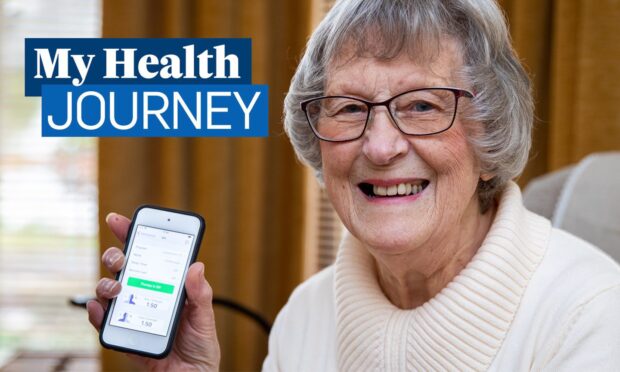
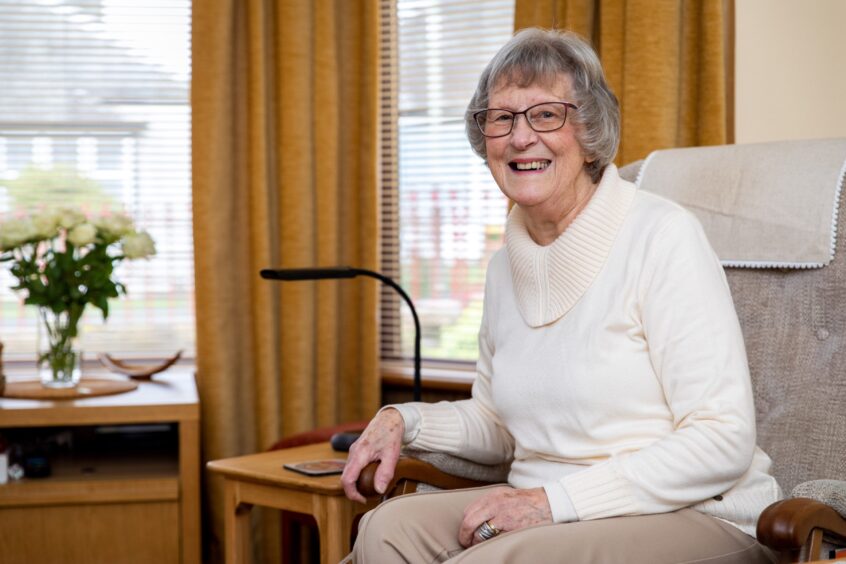
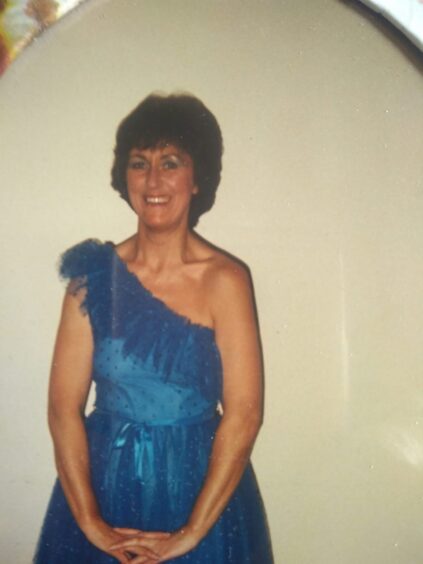
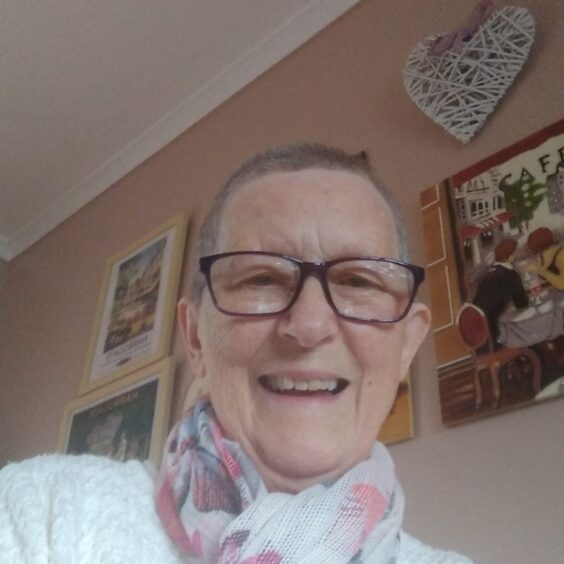
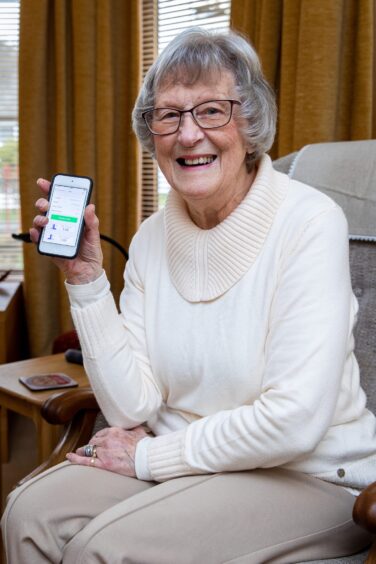
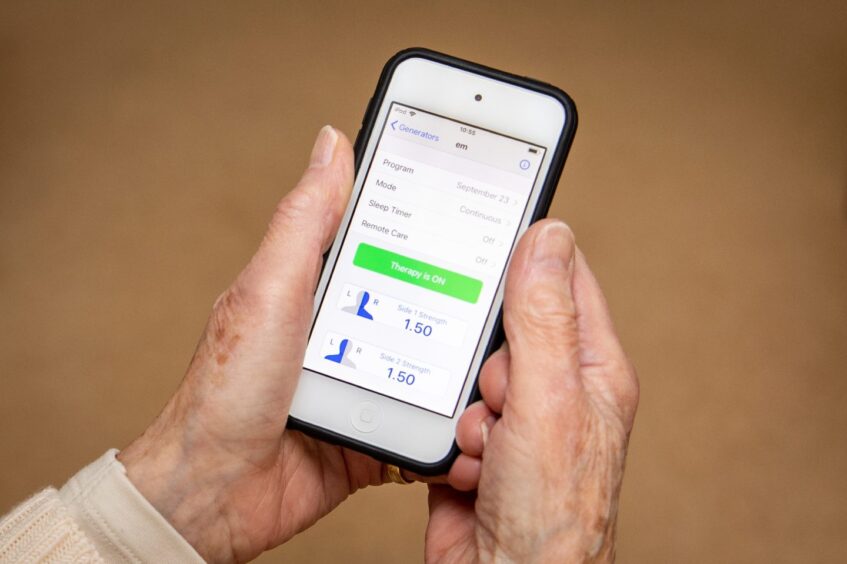
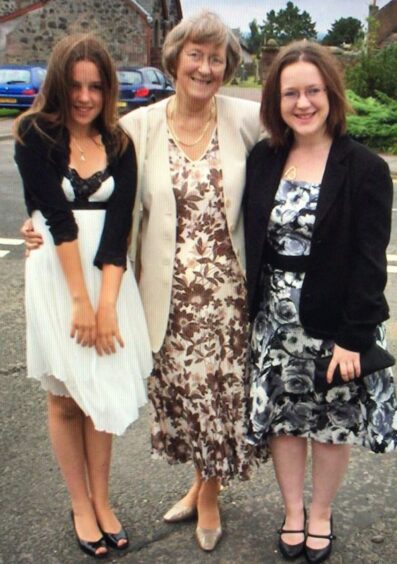
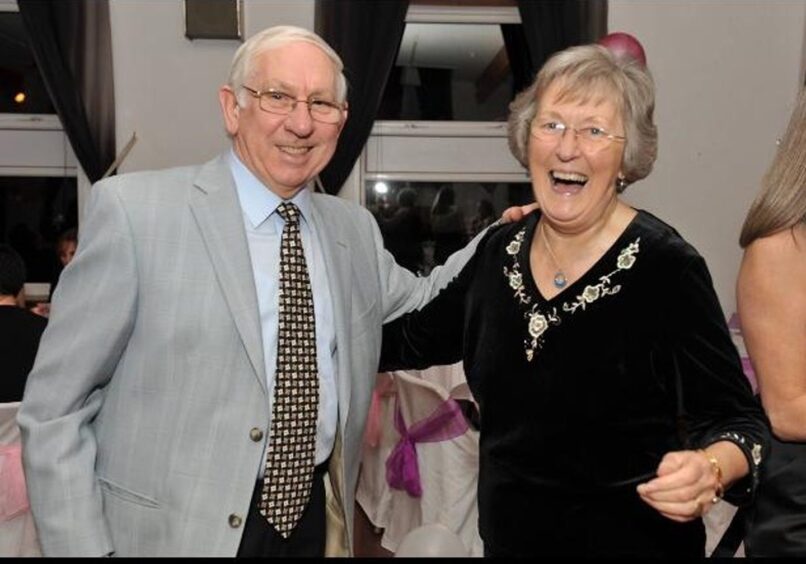
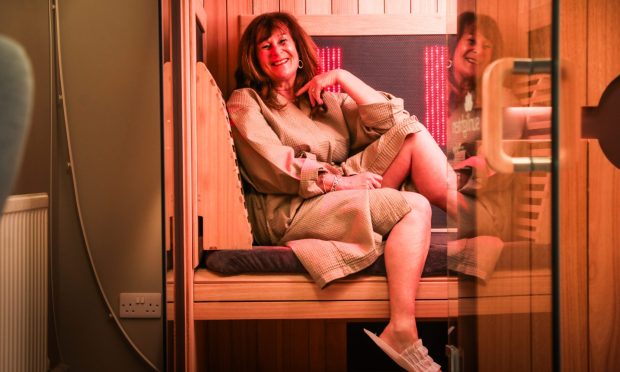
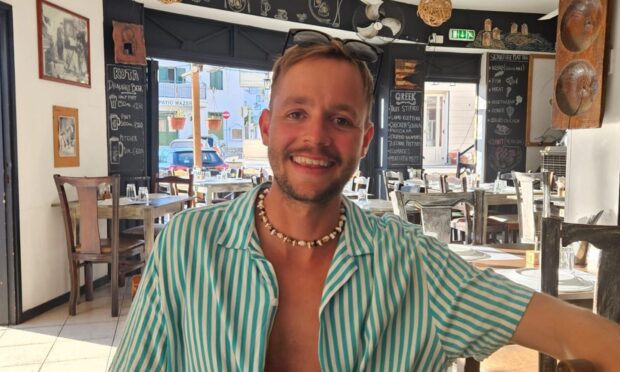
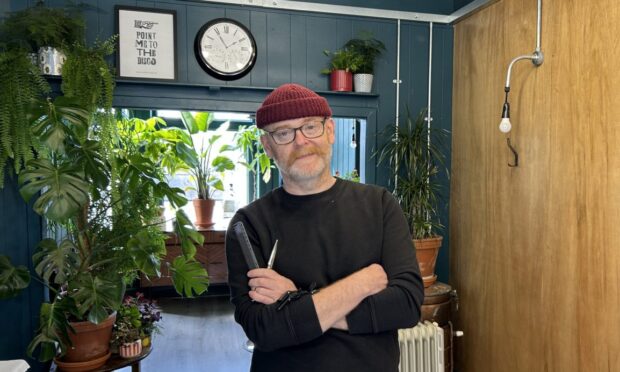
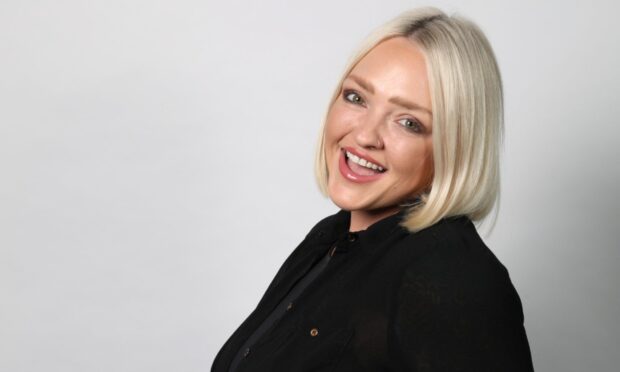
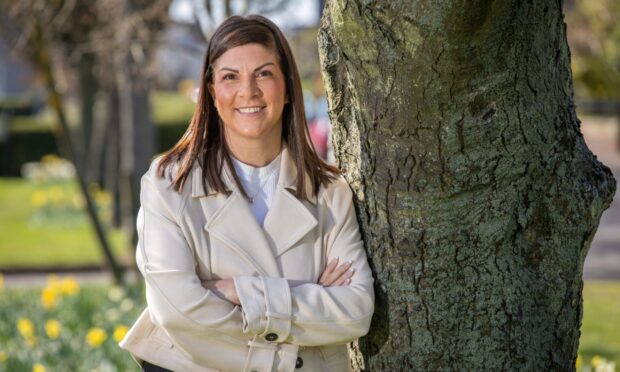

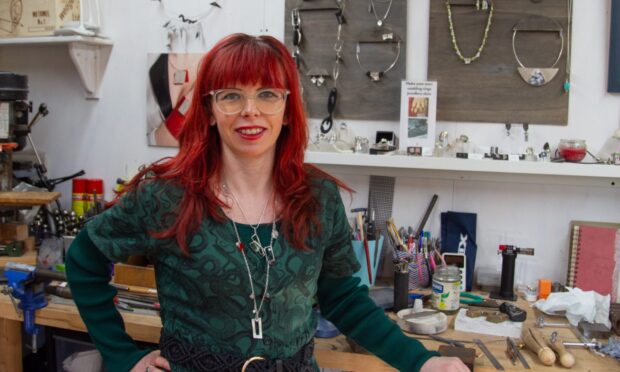
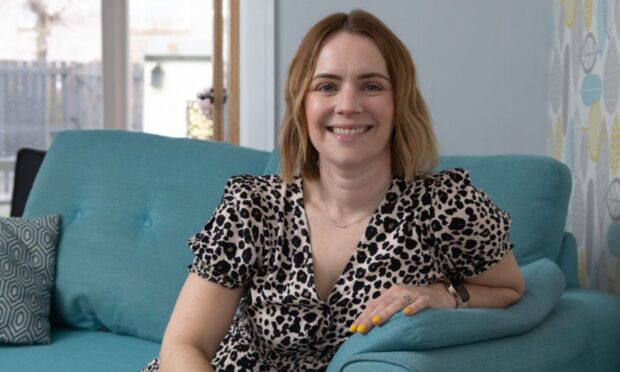
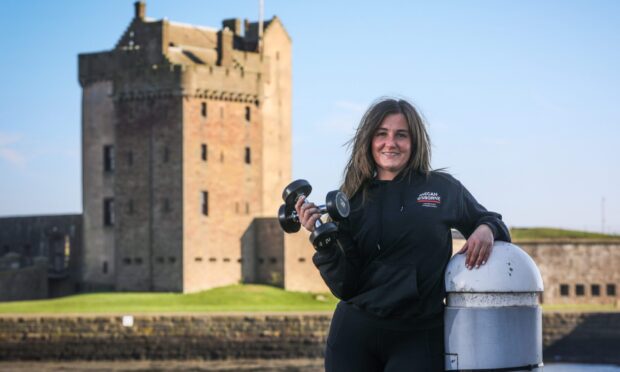
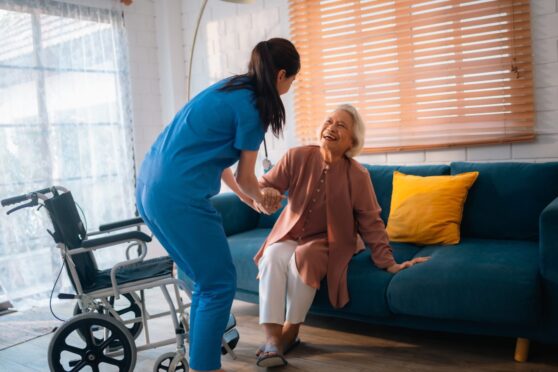
Conversation